

Poems with plot
Rhyming stories can be amazing fun to read and write. In this lesson, you’ll learn some tips for writing in rhyme, and hear how writers can use rollicking, rhythmic word-play to bring their stories to life.
Video Chapters:
00:00 Introduction
00:21 Meet the creators
00:54 Why rhyme is a great way to tell stories
02:21 How to write rhyme
03:27 Tips and tricks when writing rhyme
05:07 Final words of advice
05:46 Here's what we've learned
 Learning Intentions
Learning Intentions
1. Learning about techniques used in rhyming stories.
2. Learning about some different forms of rhyme and verse.
3. Thinking about language choices, and how rhyme can convey images and moods.
SUCCESS CRITERIA:
1. Identified different rhyming conventions and rhyming devices.
2. Used rhyming words and conventions to craft some written rhymes.
 Discussion Questions
Discussion Questions
PRE-VIDEO:
- Think of a picture book story written in rhyme. Do you remember any of the verses from this story? Why do you think those lines are so memorable?
- What other kinds of rhyme can you think of? (NB - students might list songs, poems, nursery rhymes, lullabies, limericks or jokes, ballads, rhyming picture books or short stories.
- Why do you think writers might choose to write in rhyme?
POST VIDEO:
- Nicki says that rhyme gives us lots of things that our brains love, like 'pattern and music'. Why do you think these things are important? Why might our brains love pattern and music?
- Davina talks about the sense of anticipation rhyme can give us, as we know or can make guesses as to how each line might end. Why do you think this 'anticipation' happens with rhyme? What are our brains doing when we are reading rhyming sentences?
- Nicki describes using rhyme to bring the mood of a story to life, and to match the feelings of the characters. Can you remember the examples she used from her book TEDDY TOOK THE TRAIN?
- Davina mentions how she uses a metronome when she is drafting her rhyming stories. Why is a metronome useful? What does it help with when we're writing in
rhyme?
 Curriculum Links
Curriculum Links
Australian Curriculum V9.0 Links
Language:
● Text structure and organisation: AC9E5LA03, AC9E6LA03
● Language for expressing and developing ideas: AC9E5LA08, AC9E6LA08
Literature:
● Engaging with and responding to literature: AC9E5LE02, AC9E6LE02
● Examining literature: AC9E5LE04, AC9E6LE04
● Creating literature: AC9E5LE05, AC9E6LE05
Literacy:
● Analysing, interpreting and evaluating: AC9E5LY03, AC9E6Y03,
● Creating texts: AC9E5LY06, AC9E6LY06
LITERACY
Writing:
● Creating texts: Crafting ideas Level 7-8
Reading and Viewing:
● Understanding texts: Comprehension Level 7-8
CREATIVE AND CRITICAL THINKING
Analysing
● Interpret concepts and problems: Level 4
Reflecting
● Transfer knowledge: Level 4








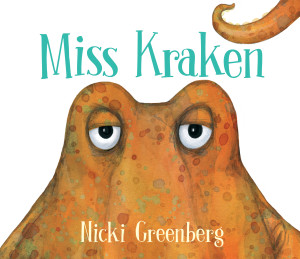
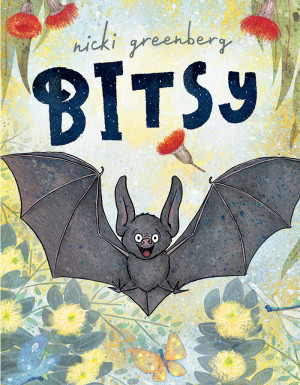
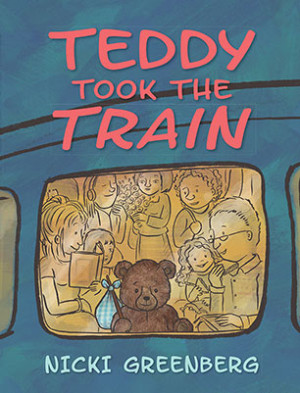



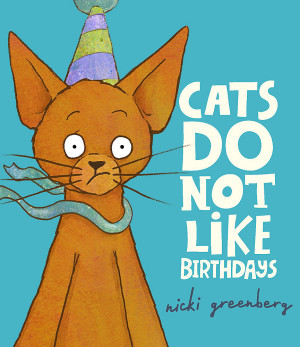
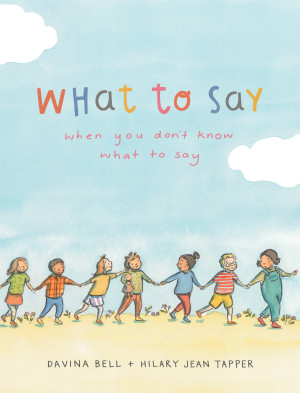
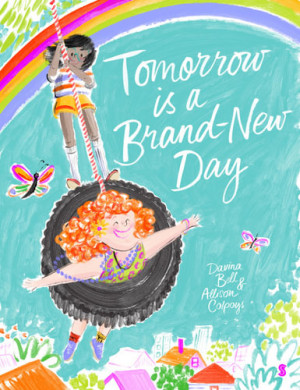

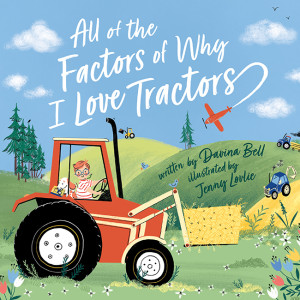
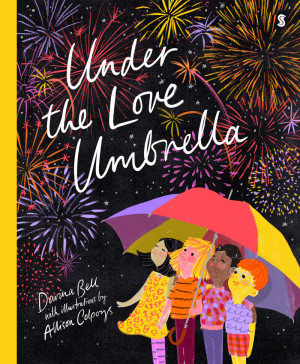
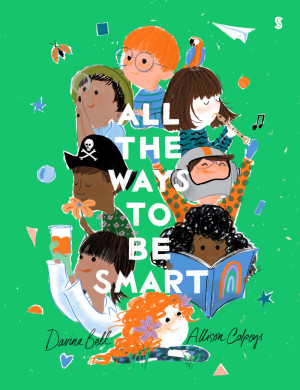
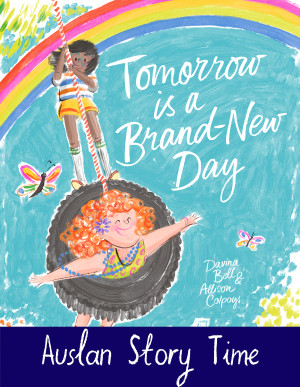
-thumb.jpg)